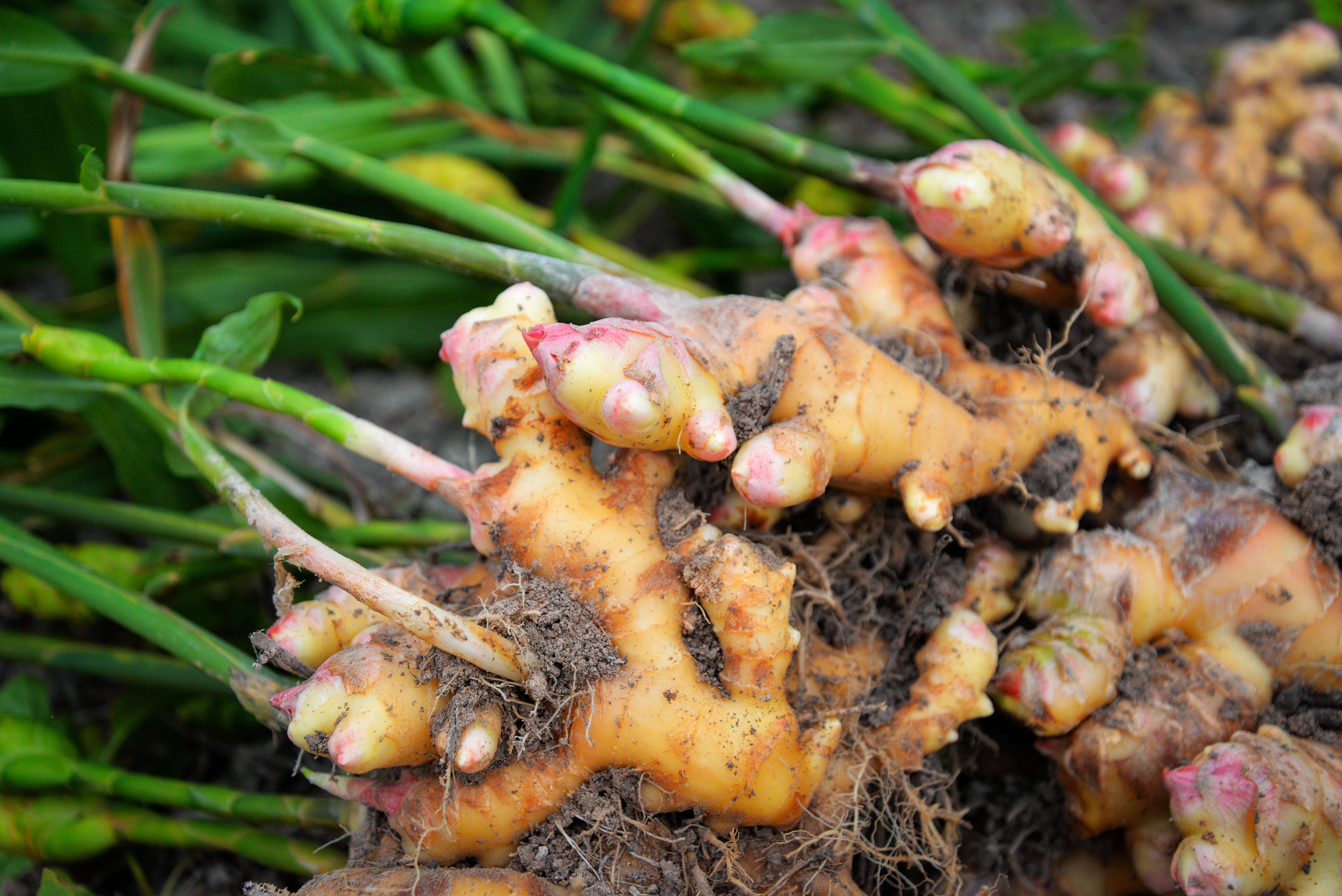Researchers from Mohanlal Sukhadia University and the Central University of Punjab have conducted a groundbreaking study on ginger rhizome rot. This collaborative project identified the specific fungal pathogens responsible for causing stress in ginger plants. By leveraging state-of-the-art chromatographic techniques, the team was able to analyze the presence of harmful mycotoxins and assess the impact of these pathogens at a molecular level.

Key Insights from Chromatographic Profiling
The study sheds light on how fungal infections compromise ginger quality and safety by producing mycotoxins. Using advanced chromatographic profiling, researchers mapped the biochemical changes in infected ginger rhizomes. This approach allows for earlier detection and targeted interventions, which are crucial for farmers and the food industry.
Implications for Food Safety and Agriculture
These findings highlight the importance of routine screening for mycotoxins in ginger crops. With the growing global demand for ginger, understanding and mitigating the risks of pathogen-induced stress ensures both crop sustainability and consumer safety.
Sources:
Source
















